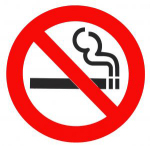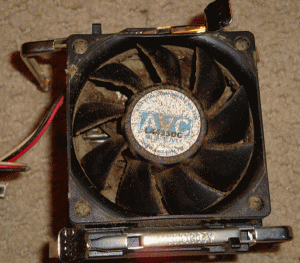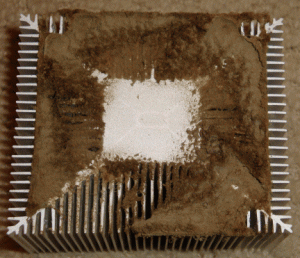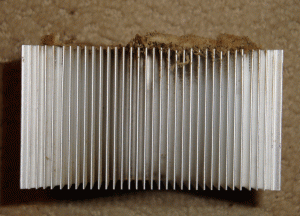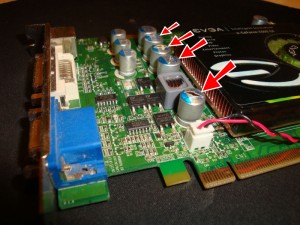What is a battery backup and why do I need one? A battery backup or also known as an uninterruptible power supply is must have for many electronic device needs. The basic function of a UPS is to prevent power loss to a device(s) when power is lost, interrupted, or otherwise fluctuates. This includes surges, brownouts, voltage irregularities as well with the above mentioned.

The most common use for a personal battery backup is to prevent power loss to computer and it’s peripherals. Keeping your pc or devices from abruptly powering off prevents data loss and software corruption too. Keep in mind battery backups are not a one size fits all, but in this article we will discuss the basic level of understanding so you can choose which UPS is best suited for your needs.
Questions that need to be answered first:
- Is this for a Home, Home Office, maybe a small business?
- Is this for a enterprise class environment, such as a server or network room?
- How many devices will be needing continued power, and for how long?
- Do you know the maximum wattage that will be required at the moment of need? This is very important!
- Are you plugging into a standard 120v outlet? (Common for most consumer computer electronics, however server and network rooms may run on higher voltage.)
- Does your power needs require true sine wave output or is simulated ok? This is best determined by checking the specification of the power supply in the computer/device. Most desktop/laptop computers operate fine with simulated, however some upper line power supplies, typically found in custom computers may not like simulated, thus will auto turn off computer when power goes out thinking it is protecting the computer from a surge due to the sinewave input not being truly from an alternating current source. Best is refer to manufacturer user manual or contact manufacturer of the powers supply or pc.
The above questions will resolve to what VA rating (volt-ampere) to look for in the battery backup. For many typical desktops the average is between 550va to 850va. The average run times when power is out will result between 3 minutes and 15 minutes on a full load varying per the unit’s rating. If you want a longer run time between outages, then get a unit with a very high rating that greatly exceeds your need. An example of this would be if your wattage requirements is only 300watts, then getting a 1500va rated unit may last you upward of 20 to 30 minutes on a load.
Some further suggestions and recommendations:
Most of the time, the battery backup will serve as a prevention versus keeping things up for long periods of time. So, with that said, over kill can be costly versus only buying what you need.
Stick to major brands such as APC, Tripp Lite, Cyber Power to name a few. Cheaper off brands may save a few dollars, however product support and dependability may be the trade off. Next, be sure the batteries are replaceable. Batteries are cheaper than replacing the whole unit when the batteries do die, which they will.




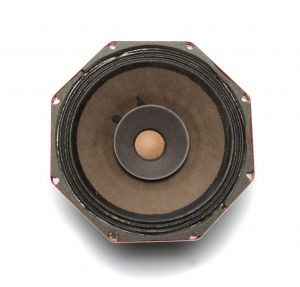
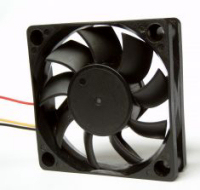
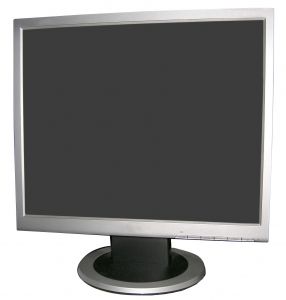 You may not be aware that there is a right and wrong way to clean a LCD screen, but there is. There a few common mistakes that users make when they clean their LCD screens. Below is a list, and the following is why.
You may not be aware that there is a right and wrong way to clean a LCD screen, but there is. There a few common mistakes that users make when they clean their LCD screens. Below is a list, and the following is why.